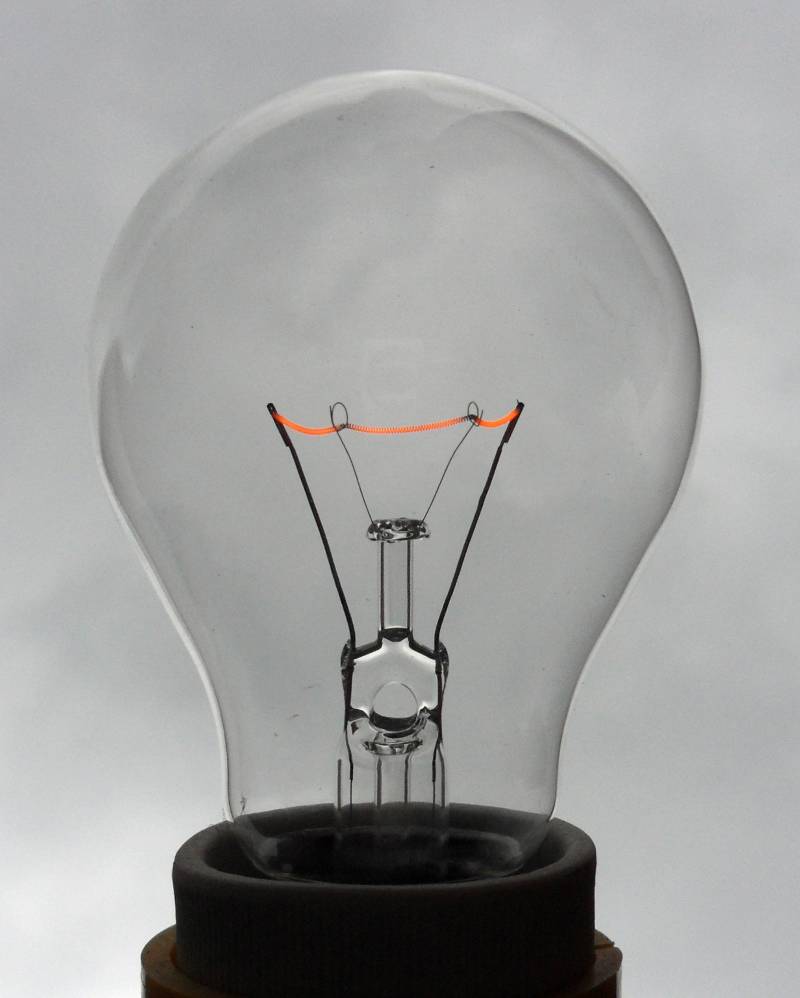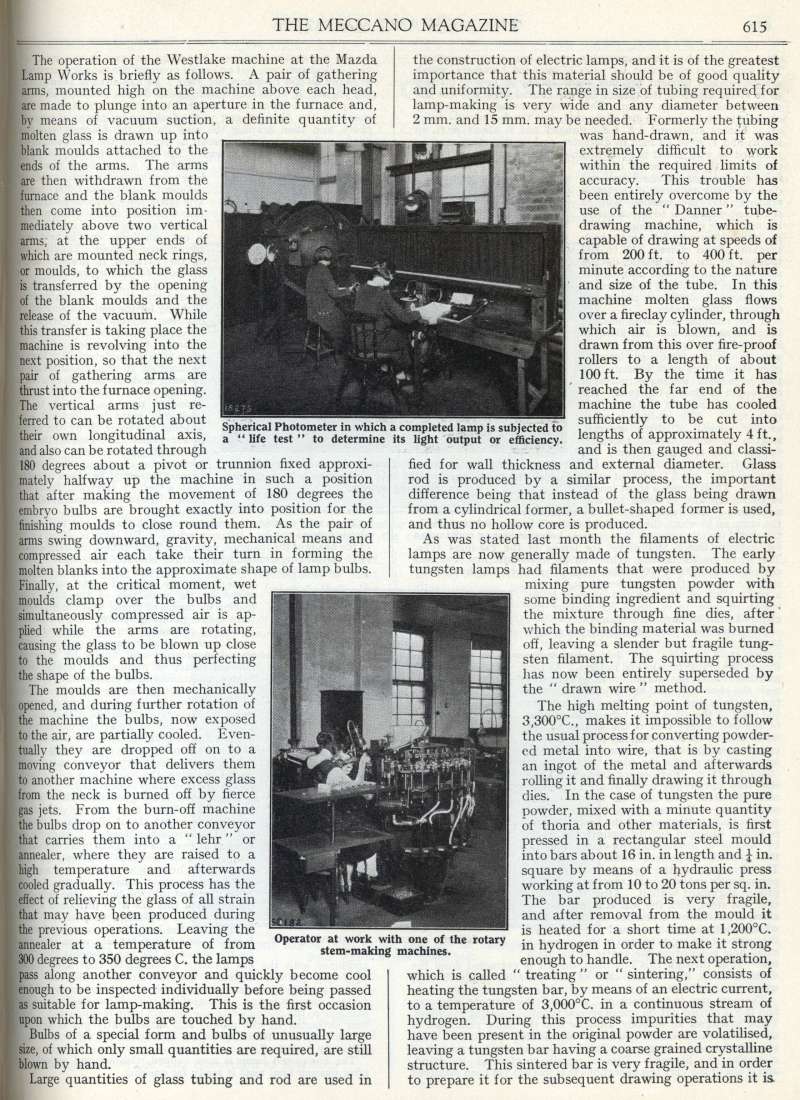
| Home | Gallery | Emergency Help | Contact Us |
|
Most people are under the mistaken belief that the "Light Bulb" was invented by
Thomas Edison
in 1879, whereas it was invented a year earlier by Joseph Swan . Since the end of 2011 this type of electric light is no longer available in the UK. For domestic (and most commercial) applications, they have been replaced by Halogen , Compact Fluorescent and LED lighting. We have included details of incandescent lighting here for completeness and comparison to other forms of lighting. It's also of interest to us because it led to the accidental invention of "Electronics" . |




